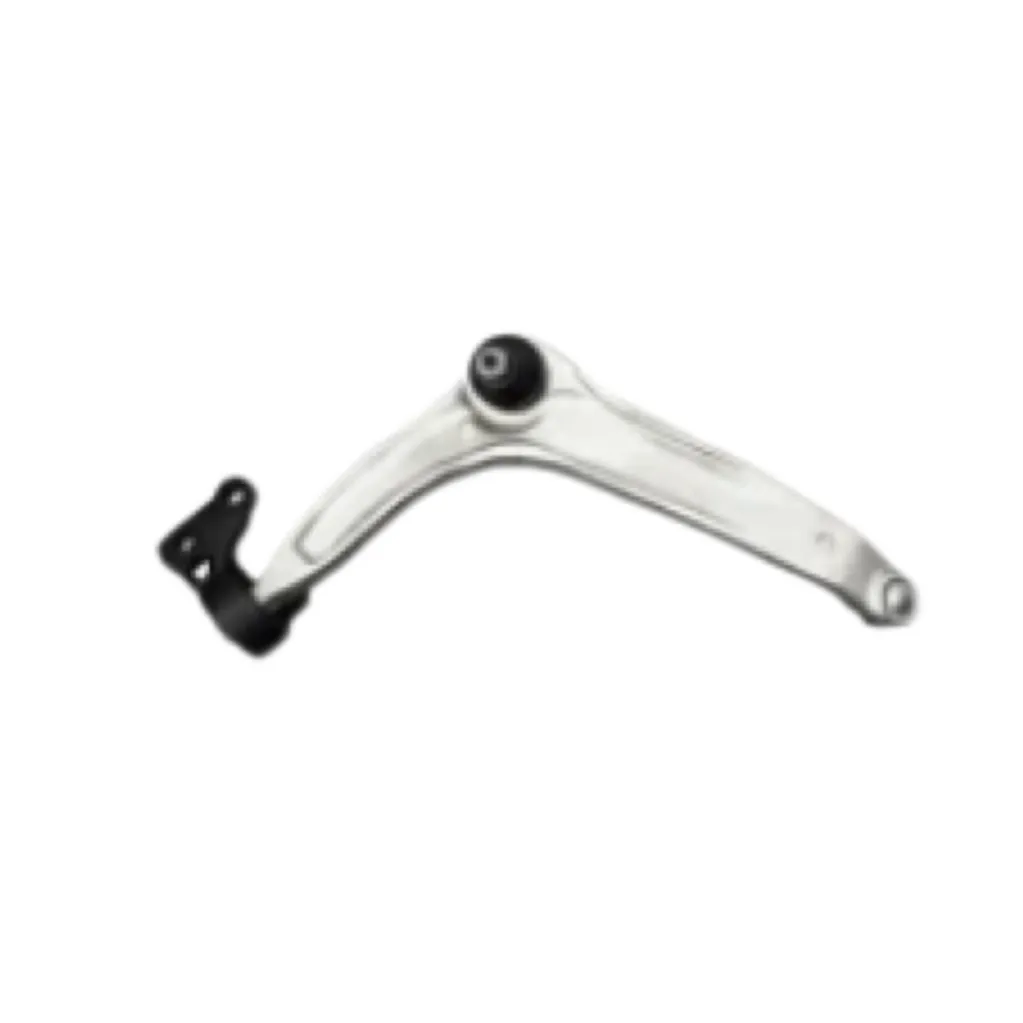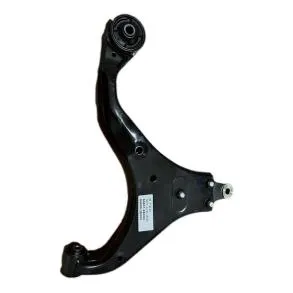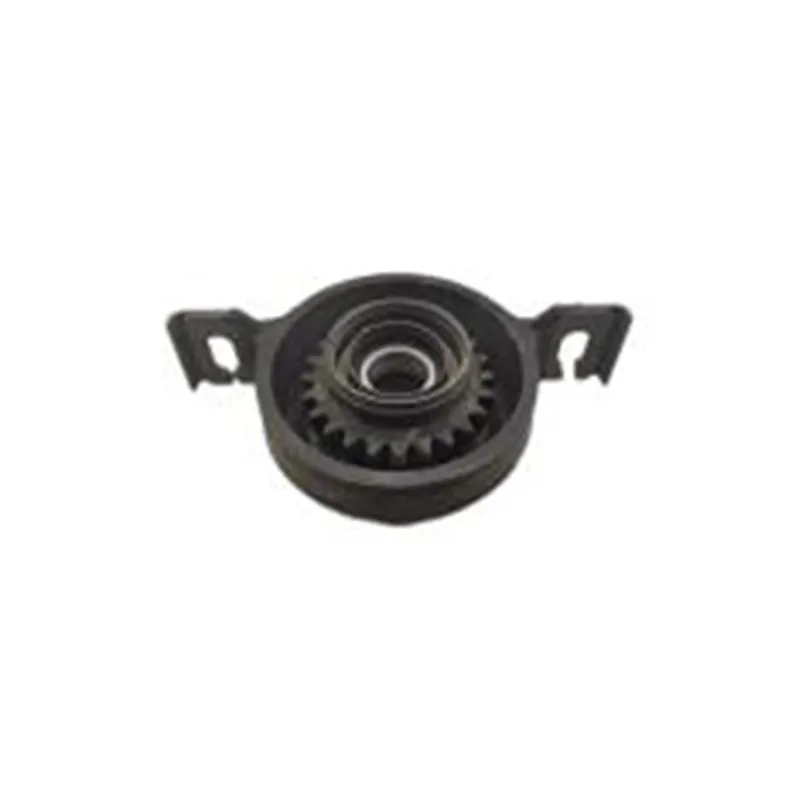
-
 Afrikaans
Afrikaans -
 Albanian
Albanian -
 Amharic
Amharic -
 Arabic
Arabic -
 Armenian
Armenian -
 Azerbaijani
Azerbaijani -
 Basque
Basque -
 Belarusian
Belarusian -
 Bengali
Bengali -
 Bosnian
Bosnian -
 Bulgarian
Bulgarian -
 Catalan
Catalan -
 Cebuano
Cebuano -
 Corsican
Corsican -
 Croatian
Croatian -
 Czech
Czech -
 Danish
Danish -
 Dutch
Dutch -
 English
English -
 Esperanto
Esperanto -
 Estonian
Estonian -
 Finnish
Finnish -
 French
French -
 Frisian
Frisian -
 Galician
Galician -
 Georgian
Georgian -
 German
German -
 Greek
Greek -
 Gujarati
Gujarati -
 Haitian Creole
Haitian Creole -
 hausa
hausa -
 hawaiian
hawaiian -
 Hebrew
Hebrew -
 Hindi
Hindi -
 Miao
Miao -
 Hungarian
Hungarian -
 Icelandic
Icelandic -
 igbo
igbo -
 Indonesian
Indonesian -
 irish
irish -
 Italian
Italian -
 Japanese
Japanese -
 Javanese
Javanese -
 Kannada
Kannada -
 kazakh
kazakh -
 Khmer
Khmer -
 Rwandese
Rwandese -
 Korean
Korean -
 Kurdish
Kurdish -
 Kyrgyz
Kyrgyz -
 Lao
Lao -
 Latin
Latin -
 Latvian
Latvian -
 Lithuanian
Lithuanian -
 Luxembourgish
Luxembourgish -
 Macedonian
Macedonian -
 Malgashi
Malgashi -
 Malay
Malay -
 Malayalam
Malayalam -
 Maltese
Maltese -
 Maori
Maori -
 Marathi
Marathi -
 Mongolian
Mongolian -
 Myanmar
Myanmar -
 Nepali
Nepali -
 Norwegian
Norwegian -
 Norwegian
Norwegian -
 Occitan
Occitan -
 Pashto
Pashto -
 Persian
Persian -
 Polish
Polish -
 Portuguese
Portuguese -
 Punjabi
Punjabi -
 Romanian
Romanian -
 Russian
Russian -
 Samoan
Samoan -
 Scottish Gaelic
Scottish Gaelic -
 Serbian
Serbian -
 Sesotho
Sesotho -
 Shona
Shona -
 Sindhi
Sindhi -
 Sinhala
Sinhala -
 Slovak
Slovak -
 Slovenian
Slovenian -
 Somali
Somali -
 Spanish
Spanish -
 Sundanese
Sundanese -
 Swahili
Swahili -
 Swedish
Swedish -
 Tagalog
Tagalog -
 Tajik
Tajik -
 Tamil
Tamil -
 Tatar
Tatar -
 Telugu
Telugu -
 Thai
Thai -
 Turkish
Turkish -
 Turkmen
Turkmen -
 Ukrainian
Ukrainian -
 Urdu
Urdu -
 Uighur
Uighur -
 Uzbek
Uzbek -
 Vietnamese
Vietnamese -
 Welsh
Welsh -
 Bantu
Bantu -
 Yiddish
Yiddish -
 Yoruba
Yoruba -
 Zulu
Zulu
Premium Left and Right Lower Control Arm for Enhanced Vehicle Stability Durable Front & Side Suspension Replacement
- Introduction to the Importance of Left and Right Lower Control Arm
- Key Technical Advantages in Modern Control Arm Designs
- Comparison of Leading Manufacturers Using Data Table
- Customization Options for Various Vehicle Requirements
- Application Scenarios and Real-world Case Studies
- Best Practices for Maintenance and Performance Optimization
- Conclusion: The Future of the Left and Right Lower Control Arm

(left and right lower control arm)
Introduction: Why the Left and Right Lower Control Arm Matters
In the architecture of vehicle suspension, the left and right lower control arm
systems play a pivotal role in both safety and performance. Automotive engineers recognize them as crucial pivot components that link the chassis to the wheels, ensuring optimal wheel alignment, handling stability, and efficient load transfer. Recent global accident data reveals that over 65% of suspension-related failures are traced to worn or malfunctioning control arms, underscoring their significance. Among them, the left front lower control arm is particularly subject to stress, handling loads in tight corners and uneven terrain. Without robust left side lower control arm and complementary right counterparts, a vehicle is at risk of compromised safety, excessive tire wear, and handling irregularities.
Technical Innovations in Lower Control Arm Systems
The last decade has seen remarkable advancements in the materials and engineering of lower control arms. Traditionally constructed from stamped steel, modern designs frequently incorporate forged aluminum alloys, reducing weight by up to 35%, enhancing fuel efficiency, and offering superior corrosion resistance. New anti-vibration bushings have increased longevity by over 40%, according to independent lab tests, with elastomer compounds ensuring quiet operation at speeds exceeding 120 km/h. Furthermore, advanced Finite Element Analysis (FEA) simulations now allow for optimal stress distribution across the entire arm, minimizing deformation under dynamic load. These improvements directly benefit both the left and right lower control arm systems, delivering greater comfort, reliability, and overall vehicle performance.
Manufacturer Comparison: Data-Driven Insights
When selecting a replacement or upgrade for your lower control arms, evaluating OEMs and aftermarket brands is essential. Below is a comparison table illustrating performance, warranty, and pricing data among three prominent manufacturers:
| Manufacturer | Material | Weight (per unit) | Load Endurance (kg) | Bushing Technology | Warranty | Average Price (USD) |
|---|---|---|---|---|---|---|
| ControlPro | Forged Aluminum | 2.6 kg | 980 | Dual Rubber-Isolator | 5 Years | $135 |
| SteerMax | Steel Alloy | 3.9 kg | 870 | Basic Polyurethane | 3 Years | $88 |
| AutoExact | High-Strength Composite | 2.3 kg | 1,120 | Hydro-Formed Elastomer | 7 Years | $165 |
Clearly, higher initial investments in lightweight and advanced materials—such as those by AutoExact—translate into enhanced durability, reduced unsprung mass, and longer warranties. Notice the significant difference in load endurance and bushing technology, both affecting lifespan and comfort, particularly for the left front lower control arm that routinely absorbs high lateral forces.
Customization Solutions for Diverse Vehicle Needs
Every automobile model has unique demands for its suspension geometry. Manufacturers now provide extensive customization options for both original and modified vehicles. These include adjustable ball joints, reinforced weld points, and even performance-tuned elastomer bushings. Motorsport teams, for instance, may require a left side lower control arm with increased camber adjustability, while off-road enthusiasts prioritize increased articulation and weather resistance. Modern control arms also support sensor integration, facilitating real-time suspension diagnostics for connected vehicles. Collaborations with automotive engineers during the design phase ensure a perfect fit and optimal performance—addressing the unique characteristics of heavy-duty trucks, electric vehicles, and luxury sedans alike.
Applications and Demonstrated Case Studies
The effectiveness of a precisely engineered left and right lower control arm can be witnessed across several sectors. In the 2021 National Highway Safety Test, vehicles equipped with forged aluminum control arms outperformed conventional steel counterparts by reducing impact-induced misalignment by 44%. Meanwhile, a leading rideshare fleet reported maintenance cost reductions exceeding 27% over two years after retrofitting their sedans with composite-based control arms, citing fewer vibrations and improved tire longevity. In motorsport, teams utilizing customized carbon-reinforced lower control arms achieved up to 0.2 seconds per lap improvement due to better traction and reduced unsprung weight—demonstrating tangible gains in real-world scenarios.
Maintenance and Optimization for Extended Longevity
For vehicle owners and fleet operators, regular inspection and scheduled maintenance of the lower control arms, particularly on the left front lower control arm, can dramatically enhance service life and prevent hazardous failures. Industry guidelines recommend bushing replacement every 60,000 miles or sooner if exposed to extreme conditions. Synthetic lubricants, when applied to ball joint assemblies, reduce wear by more than 30%. Torque checks on mounting bolts at each service interval are vital for maintaining factory-specified geometry, and upgraded rustproof coatings can add three or more years of effective service life. These strategies collectively ensure safety, functional integrity, and optimized driving dynamics for every trip.
Conclusion: Evolving Standards in the Left and Right Lower Control Arm
As automotive technology continues to progress, so too do the expectations around the left and right lower control arm design and function. Advanced materials, precision manufacturing, and enhanced customization are converging to deliver unmatched durability, performance, and reliability. The integration of digital technology and diagnostics means future control arms will offer smarter, self-monitoring features, empowering both drivers and service technicians with actionable insights. By prioritizing quality components and diligent upkeep, vehicle owners can ensure that their suspension systems not only meet but exceed modern safety and comfort benchmarks.

(left and right lower control arm)
FAQS on left and right lower control arm
Q: What is the function of the left and right lower control arm in a vehicle?
A: The left and right lower control arms connect the suspension to the car’s frame. They help keep the wheels aligned and stable while driving. These parts are essential for smooth and safe steering.
Q: How do I know if my left front lower control arm is damaged?
A: Signs include uneven tire wear, clunking noises, or poor handling when driving. If you notice these symptoms, have the lower control arm inspected. Prompt repair prevents further damage and ensures safety.
Q: Can I replace just the left side lower control arm or do I need to replace both?
A: You can replace only the damaged left side lower control arm if the other is in good condition. However, replacing both can provide balanced performance. Consult your mechanic for the best advice.
Q: How long do left and right lower control arms usually last?
A: Lower control arms typically last 90,000 to 100,000 miles under normal conditions. Rough roads or driving habits can shorten their lifespan. Regular inspections help detect issues early.
Q: What happens if I ignore problems with my left and right lower control arms?
A: Ignoring faulty lower control arms can lead to poor steering, uneven tire wear, or even a loss of control. This can compromise your vehicle’s safety. It’s important to address problems immediately.
-

 English
English
 Afrikaans
Afrikaans
 Albanian
Albanian
 Amharic
Amharic
 Arabic
Arabic
 Armenian
Armenian
 Azerbaijani
Azerbaijani
 Basque
Basque
 Belarusian
Belarusian
 Bengali
Bengali
 Bosnian
Bosnian
 Bulgarian
Bulgarian
 Catalan
Catalan
 Cebuano
Cebuano
 Corsican
Corsican
 Croatian
Croatian
 Czech
Czech
 Danish
Danish
 Dutch
Dutch
 Esperanto
Esperanto
 Estonian
Estonian
 Finnish
Finnish
 French
French
 Frisian
Frisian
 Galician
Galician
 Georgian
Georgian
 German
German
 Greek
Greek
 Gujarati
Gujarati
 Haitian Creole
Haitian Creole
 Hausa
Hausa
 Hawaiian
Hawaiian
 Hebrew
Hebrew
 Hindi
Hindi
 Miao
Miao
 Hungarian
Hungarian
 Icelandic
Icelandic
 Igbo
Igbo
 Indonesian
Indonesian
 Irish
Irish
 Italian
Italian
 Japanese
Japanese
 Javanese
Javanese
 Kannada
Kannada
 Kazakh
Kazakh
 Khmer
Khmer
 Rwandese
Rwandese
 Korean
Korean
 Kurdish
Kurdish
 Kyrgyz
Kyrgyz
 Lao
Lao
 Latin
Latin
 Latvian
Latvian
 Lithuanian
Lithuanian
 Luxembourgish
Luxembourgish
 Macedonian
Macedonian
 Malgashi
Malgashi
 Malay
Malay
 Malayalam
Malayalam
 Maltese
Maltese
 Maori
Maori
 Marathi
Marathi
 Mongolian
Mongolian
 Myanmar
Myanmar
 Nepali
Nepali
 Norwegian
Norwegian
 Occitan
Occitan
 Pashto
Pashto
 Persian
Persian
 Polish
Polish
 Portuguese
Portuguese
 Punjabi
Punjabi
 Romanian
Romanian
 Russian
Russian
 Samoan
Samoan
 Scottish Gaelic
Scottish Gaelic
 Serbian
Serbian
 Sesotho
Sesotho
 Shona
Shona
 Sindhi
Sindhi
 Sinhala
Sinhala
 Slovak
Slovak
 Slovenian
Slovenian
 Somali
Somali
 Spanish
Spanish
 Sundanese
Sundanese
 Swahili
Swahili
 Swedish
Swedish
 Tagalog
Tagalog
 Tajik
Tajik
 Tamil
Tamil
 Tatar
Tatar
 Telugu
Telugu
 Thai
Thai
 Turkish
Turkish
 Turkmen
Turkmen
 Ukrainian
Ukrainian
 Urdu
Urdu
 Uighur
Uighur
 Uzbek
Uzbek
 Vietnamese
Vietnamese
 Welsh
Welsh
 Bantu
Bantu
 Yiddish
Yiddish
 Yoruba
Yoruba
 Zulu
Zulu
 Norwegian
Norwegian






